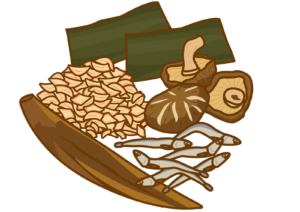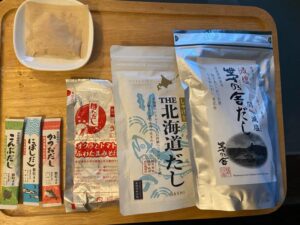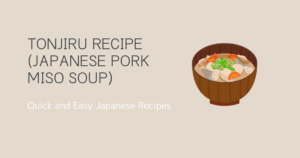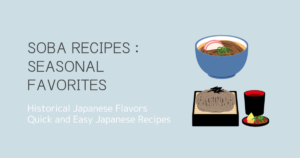
Dashi is the cornerstone of Japanese cooking, bringing the umami flavor that defines many iconic dishes. From miso soup to simmered dishes and even some modern fusions, dashi is essential. But what makes it so special? Let’s explore its history, uses, and popular products that you can try.
The History of Dashi
Dating back to the Edo period, dashi has been the secret to enhancing the natural flavors of Japanese ingredients. The discovery of umami by Dr. Kikunae Ikeda in 1908 brought scientific recognition to this flavor, which is deeply rooted in Japanese culinary tradition.
How Dashi Enhances Japanese Cooking
Dashi elevates the taste of dishes by adding a rich, savory base. It is often made using simple ingredients like kombu (kelp) and katsuobushi (bonito flakes), which provide a delicate yet impactful umami.
- Miso Soup: A classic Japanese staple made with dashi as the base.
- Simmered Dishes: Like nimono, which absorbs the savory broth.
- Noodles: Udon and soba soups are incomplete without dashi.
Popular Dashi Products
1. Hondashi
Hondashi is a granulated instant dashi product by Ajinomoto, perfect for quick and easy cooking. It dissolves instantly in water and is ideal for beginners.
2. Kayanoya Dashi
A premium dashi product made from carefully selected ingredients. It’s perfect for those who want a more authentic flavor without much effort.

Tips for Making Dashi at Home
- Use high-quality kombu and katsuobushi for the best results.
- Experiment with niboshi (dried sardines) or shiitake mushrooms for unique flavors.
- Let the dashi cool after simmering to deepen its taste.
Where to Buy Dashi
- Hondashi: Available at most Asian grocery stores and online retailers like Amazon.
- Kayanoya Dashi: Can be purchased from specialty stores or their official website.
Frequently Asked Questions About Dashi
1. What is dashi made of?
Dashi is traditionally made from kombu (kelp) and katsuobushi (bonito flakes), though variations include niboshi (dried sardines) or shiitake mushrooms.
2. Can I make dashi ahead of time?
Yes! Dashi can be stored in the refrigerator for up to 3 days or frozen for longer storage.



